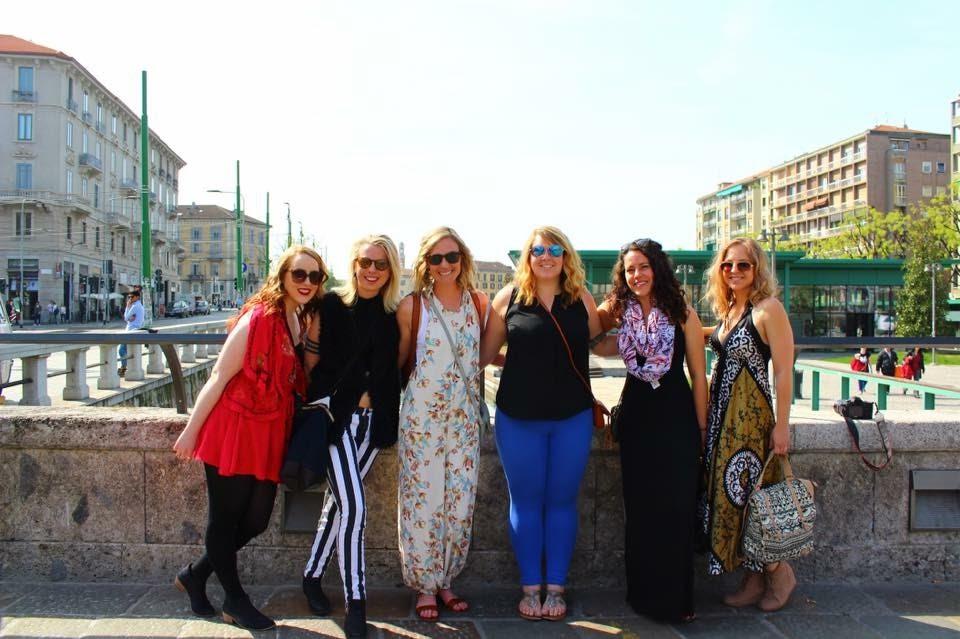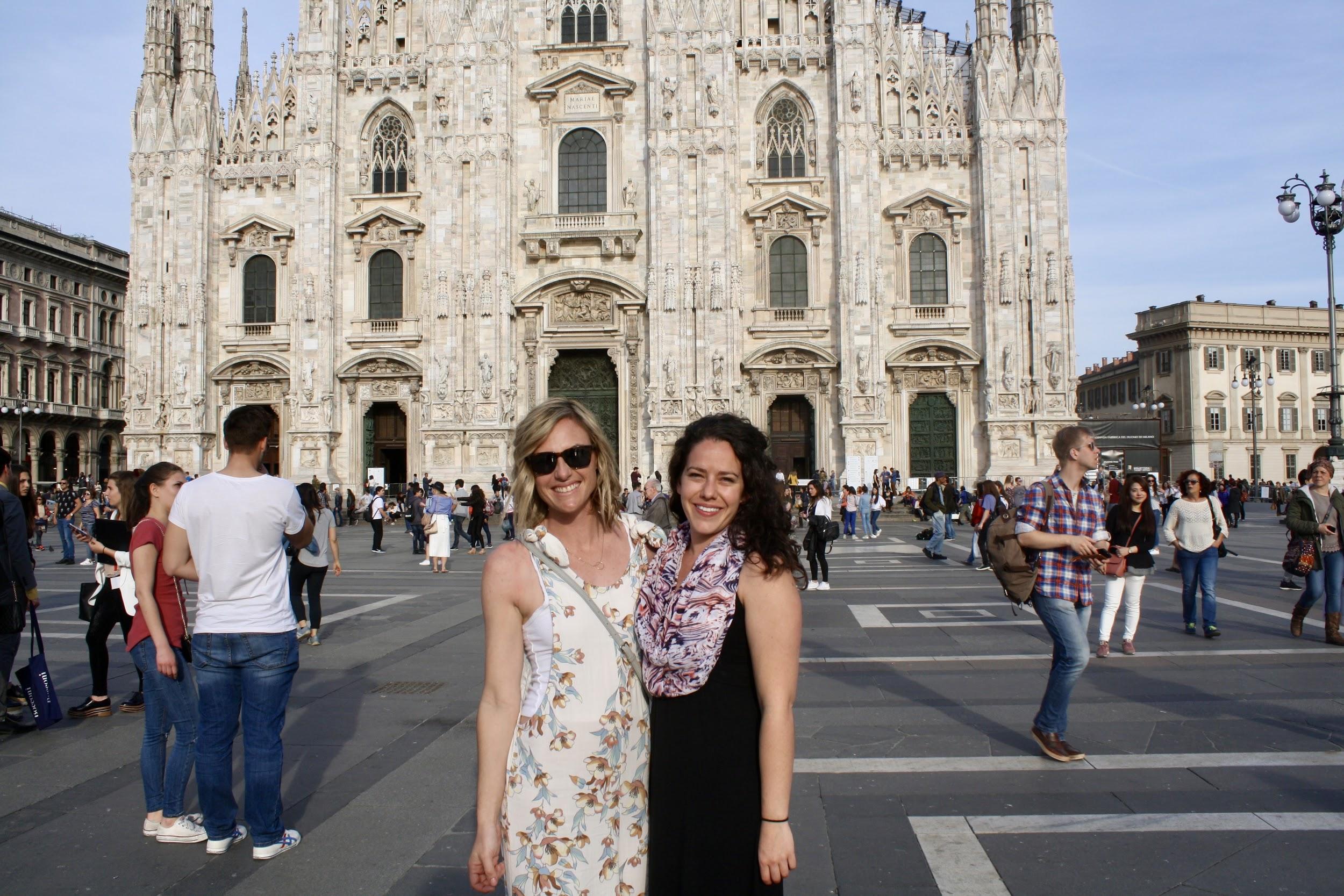Each year, our Teacher Education Program Cohort travels to Reggio Emilia, Italy to participate in a study group in the Loris Malaguzzi International Centre.
Sandra O’Donnell, a graduate student from the 2018-2019 BJS TEP cohort shared the following reflections.
Simply being immersed in the city of Reggio Emilia was a transformative experience. Having the opportunity to tour preschool and infant/toddler centers was certainly a highlight! I gained a clearer understanding of progettazione and how projects can be revisited and shared amongst other classrooms. I remember one classroom beautifully displayed documentation offering pages of photos and text along with the children’s clay sculptures. The teacher explained to me how the children were investigating movement and the physical body. They initially expressed their ideas and discoveries in small groups, engaging in different movement experiences and further represented their thinking through clay and paper materials. The documentation represents months of exploration, which continues to evolve. This served as a reminder that children can construct deeper understanding and meaning in their work when offered ample time to explore with several different materials.

Sonny Apodaca, another member of the 2018 – 2019 cohort shared these reflections.
Visiting Reggio Emilia, Italy was an incredibly invigorating experience. I felt inspired and excited the entire time I was there. The schools are each unique with their own defined identity and significant history that have helped shape it throughout the years. The schools are amazing! I left each one feeling more and more motivated with my head full of amazing classroom set-ups, provocations, and documentation styles. I am eager to bring many of these ideas into my own classrooms.
The teachers of Reggio Emilia, Italy were as inspiring as the classrooms and schools they have helped create. Every single person who steps foot into a Reggio Emilia school breathes life into it and every person is seen as equally important to the way the school lives and thrives in its community.
The teachers truly value the learning of children and see children as true protagonists in their own learning and discovery. Annalisa Rabotti, a teacher at the Nidi School, said that teachers must always listen deeper to what children are saying and doing. She said we need, “a listening that goes deeper, that hears children’s’ questions and builds new questions; that builds new elements of research. A kind of listening which is courageous, that dares, a daring kind of listening that isn’t afraid of change; a kind of listening which is capable of doing somersaults with our thoughts.”
Through my observations of the teachers and the schools in Reggio Emilia, they truly do exemplify and live this kind of thinking.
Along with this kind of thinking comes a deep value and significance placed on interdependence. Starting in the infant-toddler centers of Reggio Emilia, children learn and understand the value of relying on another person, as well as the value of being relied on and being viewed as a valuable resource for information or guidance. While observing the children of the Reggio Emilia preschools it is clear to see the confidence, joy, and autonomy they have in their own learning.
Teachers have deliberately decided not to problem solve for children and instead continually ask children to be brave and try on their own; the children do try and they try alongside their peers. They take risks in their learning, with the knowledge that if and when they do need help or direction, there is a teacher ready to learn and discover alongside them.
It seems to me that our culture and society often values independence over interdependence and this is often cultivated in schools by choosing to have children each complete individual school projects or tests, and children often have to sit in their own individual desks.
What stood out to me as being significant while in Reggio Emilia is that, through the cultivation of interdependence, children appeared to develop more independence and have more confidence in their abilities to accomplish their work. Through their reliance on their peers, teachers, and materials, the children were able to create deeper understandings and develop more confidence in their own significant capabilities.

































You must be logged in to post a comment.